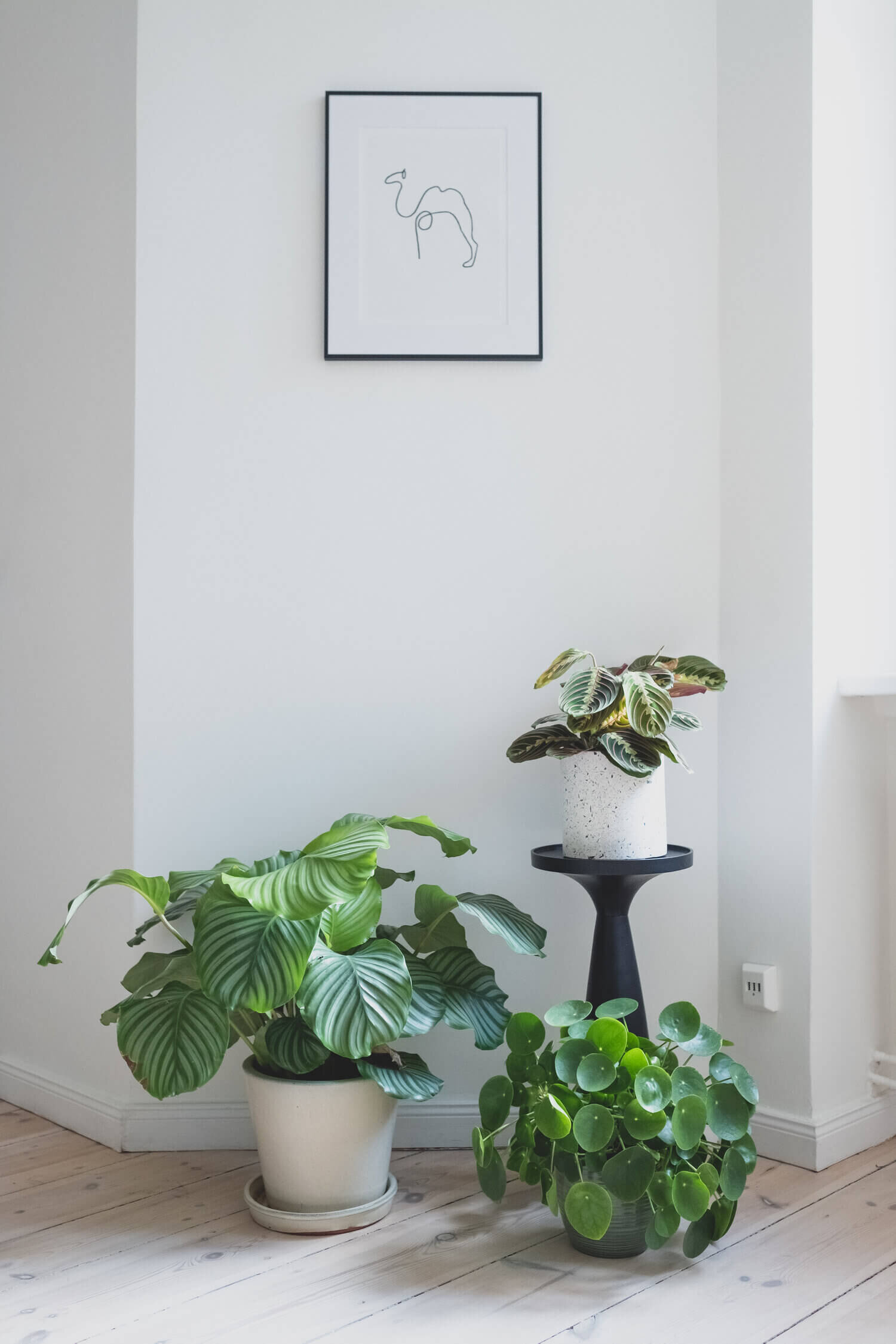Human-centered interior design — lessons from Studio Bosko
Every design choice aims to create a better user experience. But when making decisions about workplace design, often more practical concerns—efficiency, value for money, or how to squeeze in a few extra desks—can overshadow the most important question: Does the space work for the people who use it?
Putting people at the heart of every project is the most important principle in Kasia Luczak’s design practice. After studying fashion, Kasia has worked in product and UX design for digital companies and startups. Through offering advice to friends, she discovered a passion for interiors and went on to found Studio Bosko, her own interior design company.
We spoke to Kasia about the rise of human-centered office design, a design approach that puts people first, and how workplaces are adapting in response to covid-19.
Kasia, interior designer and founder of Studio Bosko.
The principles of human-centered design
Design is often misunderstood as being entirely decorative, Kasia told us. Human-centered design—whether in fashion, interiors, or UX—addresses people’s functional needs, alongside aesthetic considerations. “The core point of human-centered design is this motivation of improving wellbeing for people,” she said.
We asked Kasia how she came to apply her personal understanding of human-centered design into practice through her work at Studio Bosko:
“I kept this anchor point of experience design while thinking of designing interiors... I felt that the principles of having the person at the center and treating the customer as the predominant user should be the starting point in any design challenge—whether it's digital product design, or designing your home space, or an office space.”
When people are put first, each design “needs to be adapted to who we are—what's important for us, what motivates us, what lifestyles we lead.” Great design is not just adaptive, but actively supports personal development, Kasia explained.
Human-centered design in offices
The office environment is key to both hiring and employee retention. We wanted to know how human-centered design has influenced commercial spaces in recent years. Kasia said that as we spend longer at work than previous generations, bringing elements of residential design to the office is a clear trend:
“Having living rooms in offices is very common these days… a set of armchairs to have an informal meeting and not just the conference room. And things like sleeping nooks, or meditation rooms.”
As working longer hours becomes the norm, the expectation that offices should meet our personal needs has also increased. “There’s a lot of employer branding behind it, but it shows a wider understanding of what people’s needs are, not just as workers, but also as human beings,” Kasia said. And not only does investing in the workplace environment improve employee satisfaction and motivation, but it's good for business too.
Creating a space that works for a diverse group of employees isn’t easy though. “Often in designing office spaces we see a lot of standardized solutions being implemented,” Kasia told us. By contrast, human-centered design offers employees choice instead of standardization, recognizing that different people work in different ways.
The role of plants
Connecting interiors more closely with the natural world—a principle known as biophilic design—has been listed as one of the leading trends in making office spaces more human centered. Kasia has experienced this first hand: “when we talk to office workers, they connect plants with a pleasant atmosphere,” she told us.
Apart from artworks, she explained, plants are what gives a workplace personality. “The greenery inside a space is something that brings character to it, and soul.” Kasia mentioned the role of digital media platforms, like Pinterest and Instagram, in popularizing plants as an essential interior design feature. But the role of plants extends far beyond aesthetics.
“I see plants as very beneficial for the functional advantages they bring, like cleaning the air… Having plants around doesn’t only help in creating a nice and pleasant atmosphere, but actually a more liveable and healthier environment.”
Plants play a crucial role in human-centered design.
Future office design trends
Covid-19 has reshaped our understanding of the workplace. We asked Kasia what challenges this has brought to interior design. “The office moved home, first of all, so what I see on the residential side of things is people needing home offices or more modular, adaptable spaces.” This means our homes will need dining tables to double up as desks, or an office in the spare bedroom—to serve both private and commercial functions.
Now that employees are beginning to return to the office, we wondered how Kasia thought companies might adjust to these more flexible working practices:
“I expect offices will change in the near future. I think they'll go on to become even more adaptable… where sometimes it's for the fixed team, sometimes it's for people who rent a desk like in a coworking space, and sometimes rented out for an external workshop or event.”
With fewer people working in offices, to allow social distancing measures, Kasia said “it makes more sense to invest in designing the space… Instead of investing in bigger rentals, invest in the interiors.” With companies fundamentally changing the way they think about remote work, we look forward to seeing how a human-centered approach is applied when designing the workplace of the future, wherever that may be.
Plantclub.io provides you and your colleagues with the benefits of plants, wherever you work. Rent office plants and transform your space into a green oasis, with flexible monthly membership options to suit your size. Diversify your employee perks with a dedicated company store, where you can give green gifts and your team can buy plants for their home office. Book a time to chat with us today.



